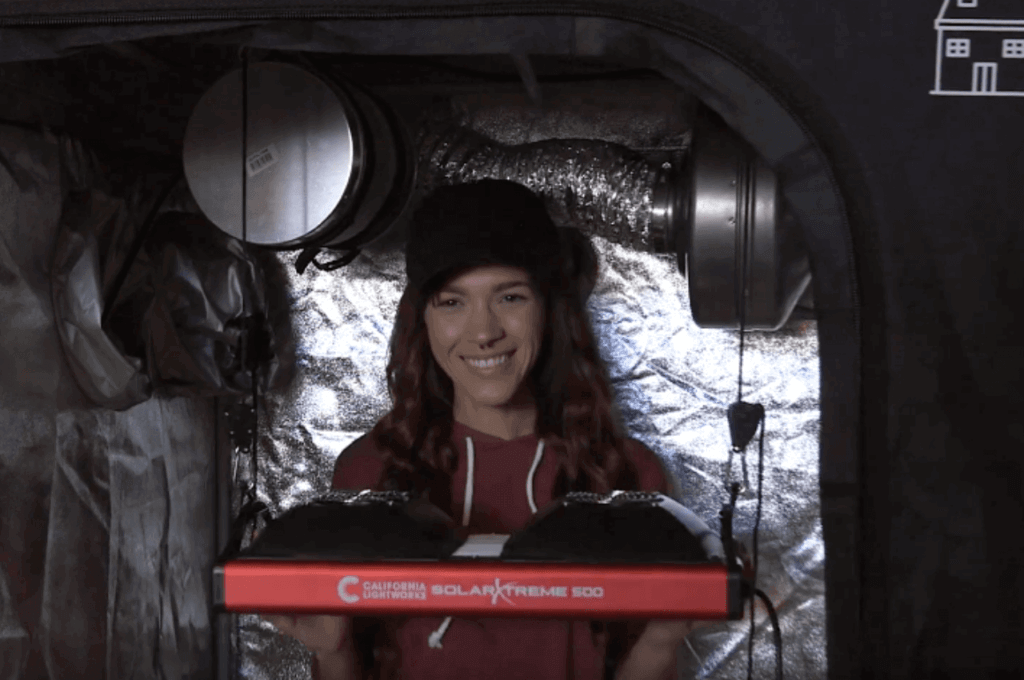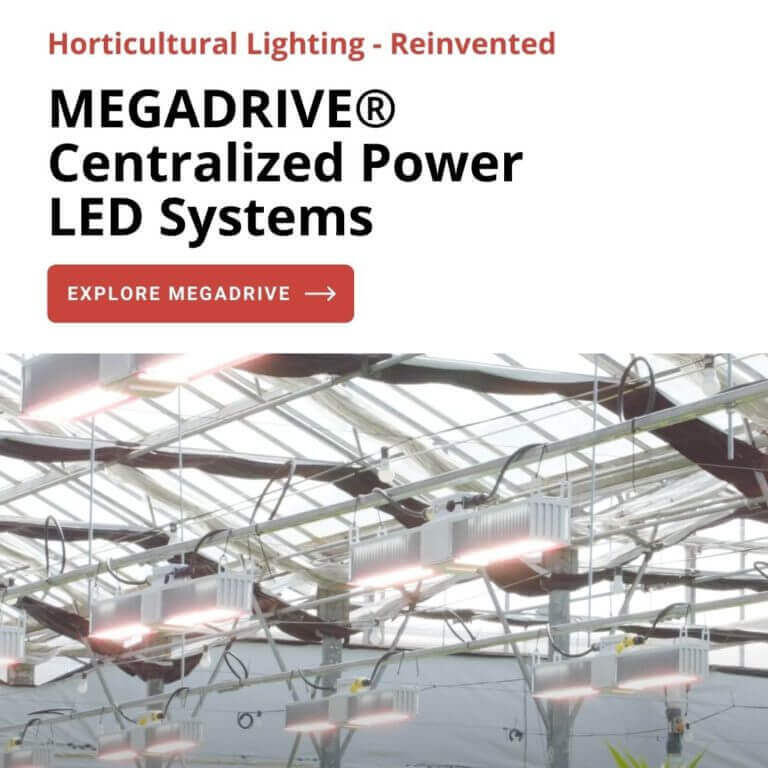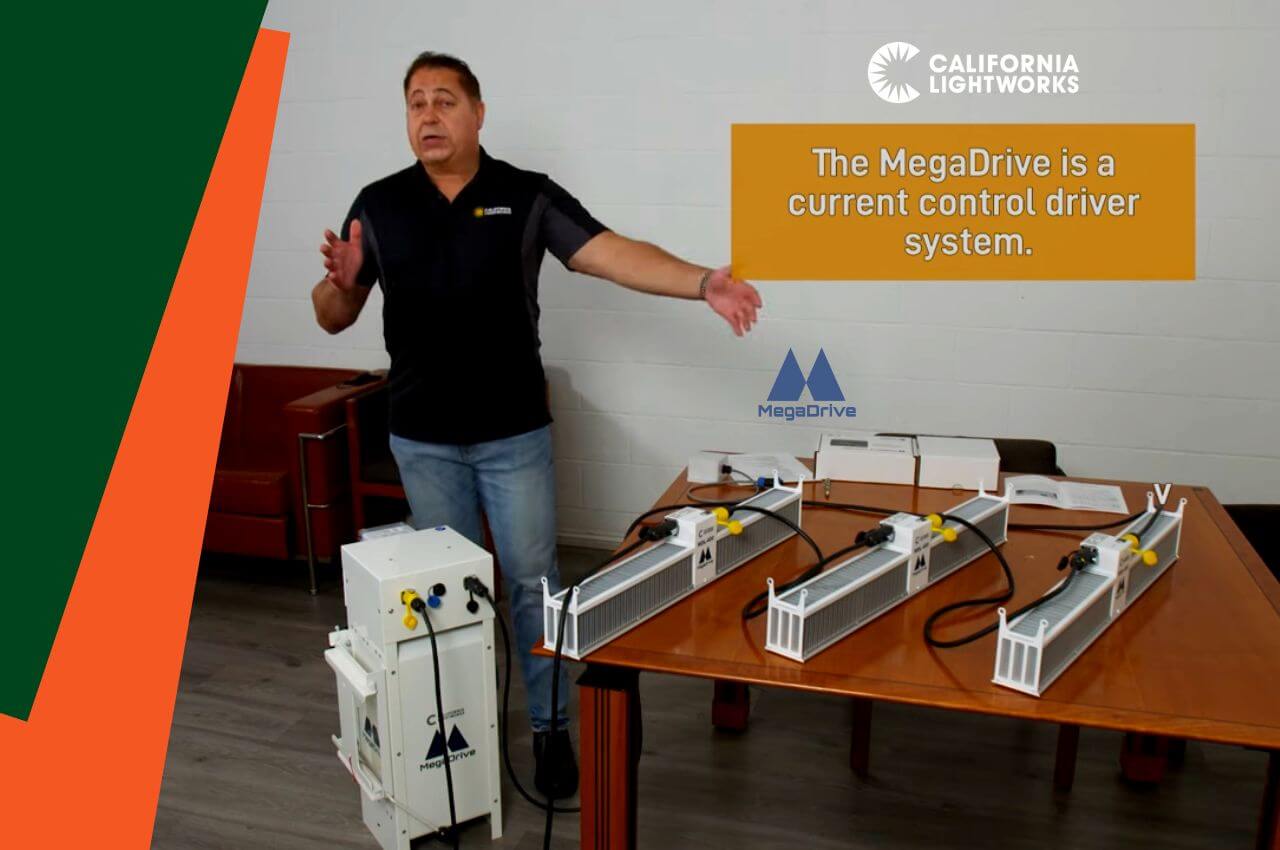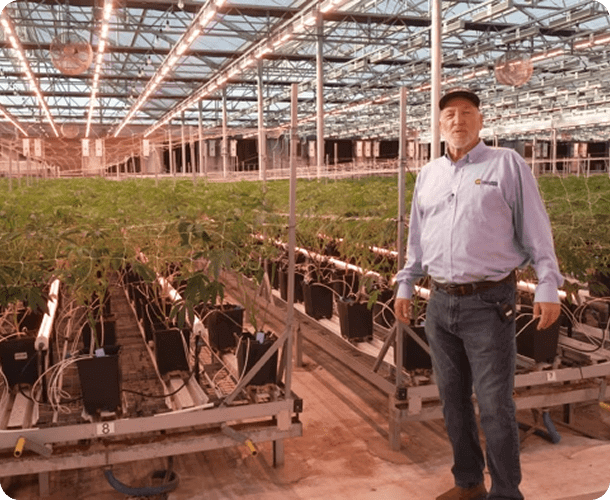Indoor cultivation is fun, interesting, and rewarding. But finding the right indoor grow equipment can feel almost impossible if you’re a rookie grower. Sometimes it seems the more you look into it, the more overwhelming the information becomes.
Which nutrient formula should you get? Should you use HPS bulbs or LED grow lights? What’s an air carbon filter, and do you really need one?
Rest assured, your expertise as a grower develops over time. With each grow cycle, you learn more about your specific plants, the requirements of your grow room, and your personal preferences.
The trick is to not get bogged down by the bells and whistles on Day One. For now, focus on must-have indoor grow equipment. Tackle each of these items one-by-one, and you’ll have a fully functioning grow room in no time.
Medium for Growing Plants Indoor
The medium is the actual material your plants will grow in. There are several options for this, including:
- Soil
- Soilless mix
- Water (hydroponic grow)
- Air (aeroponics)
- Fish tank (aquaponics)
Have you decided which growth medium you prefer? Soil and soilless mix are most recommended for beginner growers, as they’re more familiar. But whatever you choose, make sure you’ve got plenty on hand.
Indoor Grow Pots
You probably don’t need us to tell you that a pot is an essential piece of indoor grow equipment. But choosing the right pot is just as important as having one.
You’ll run into a lot of options as you shop for containers. Options include fabric pots, plastic pots, totes, grow bags, and buckets. If you’re a first-time grower, we recommend anything breathable. Fabric pots and grow bags are both great options.
Breathable containers allow more air to reach the soil or mix. If this is your first indoor grow room, these little edges set you up for success on the first crop so you don’t get discouraged right out of the gate.
It’s also a good idea to opt for a larger size if you’ve chosen soil or soilless mix for your grow medium. A larger pot gives your plant more space for expanding a strong root system.
A Grow Room Liner: Optional Indoor Grow Equipment
This one doesn’t qualify as “must-have” grow equipment, per se, but it’s something to consider.
Much of your success with indoor growing depends on your ability to control the amount and quality of light your plants receive. A liner can help you accomplish this.
For one thing, grow room liners are made of reflective materials like mylar. As a result, any light that reaches the walls is then reflected back toward your plants. This increases the overall intensity of light your crop receives without having to increase power on your grow lights.
Second, a liner eliminates potential light pollution from windows or door cracks. If you choose to forgo the liner for now, make sure all potential light leaks from outside the room are sealed. While your plants do need plenty of light, you need to be able control how much, when, and what type of light they receive.
Indoor Grow Lights
This is one of the most important pieces of grow equipment you will purchase. Take your time. Do your research. Choose carefully.
The most common types of indoor grow lights are HID bulbs and LED grow lights.
HID Grow Lights
HID bulbs used to be the best-loved option for indoor growing, because they generate the high light intensity needed to produce high yields. Most growers use two types of HID bulbs over the course of a grow cycle. They use MH bulbs during the vegetative stage and switch to HPS for flowering.
They make this change because MH bulbs produce a blue light spectrum while HPS bulbs favor red.
You see, in nature, plants transition through their biological processes based on changes in the light spectrum they receive from the sun. As summer turns to autumn, the sun sits lower in the sky and plants receive a greater intensity of red light. This is how they know winter is coming and they must reproduce before they die.
LED Grow Lights
LED grow lights have now advanced to provide a more complex light spectrum than HID bulbs at about half the energy costs. High-quality LEDs are full spectrum grow lights. This means your plants get everything they need in a single fixture.
You can even find variable spectrum LEDs like California LightWorks’ SolarSystem series. These luminaires work with a controller that allows you to program the spectrum to evolve throughout the grow cycle.
LED lights tend to have a higher purchase price than HID bulbs, but their operational costs are significantly lower. They also last about four times as long. You can learn more about indoor growing with LEDs here.
Nutrients
Help your plants thrive with additional nutrients—minerals dissolved in purified water. There are a lot of options out there, but your first priority should be to find a nutrient formula compatible with your grow medium.
If this is your first indoor grow room, your first time growing this specific strain, or your first grow altogether, keep nutrient doses low. Too much nutrition can cause nutrient burn. But if you feed your plants too little nutrition, it’s easy enough to slowly increase the doses.
Air Carbon Filter
If all goes well, the flowering phase will bring about healthy, robust buds. And with that exciting growth comes a powerful scent.
An air carbon filter removes that smell. Whether you do it for yourself, for your neighbors, or for the sake of discretion, a carbon filter is must-have grow equipment.
Cooling and Ventilation Indoor Grow Equipment
Temperature control and air ventilation are crucial for indoor growing. As for which grow equipment you need to maintain a healthy environment for your plants . . . that depends on several factors.
Even your grow lights can influence your needs, as HID grow lights emit a lot of heat. If you’re using HIDs, plan to set up a supplemental cooling system.
A few items to consider include:
- A circulating fan to imitate natural breezes.
- Ventilation and ducting to direct hot air out of the grow room.
- An extraction fan to promote circulation of air and CO2 in a ventilated grow room.
- An air conditioner and CO2 generator for a sealed grow room.
Water and Irrigation
If you move up to a large indoor grow room, you may one day look into complex irrigation systems. But if you’re just starting out, hand watering is the best way to go. It’s simple, cheap, and gives you another opportunity to observe and learn from your plants.
As for the water itself, always give your crop filtered water. Your tap water is likely full of chlorine, fluoride, and contaminants that prevent your pants from thriving.
Safety Indoor Grow Equipment
Indoor growing is a safer activity than, say, cliff diving. But there are still potential hazards you need to look out for. Stock up on latex-free, powder-less gloves to wear when handling your plants . . . especially during harvest. Gloves protect both your hands and your product from contamination. Make sure the gloves you use are food safe.
If your grow lights radiate UV light, prepare to protect yourself from those rays. While it’s great for promoting potency and product quality, UVB can be harmful to human skin and eyes. Invest in some protective eyewear and keep your skin covered when you enter the grow room.
Once you’re set up with these grow equipment must-haves, you’re ready to set up your indoor grow room.
And if there’s anything we can do to help you determine the right lighting for your grow room, please reach out. There’s no question too small or too complex, and we’re always happy to help new growers.





